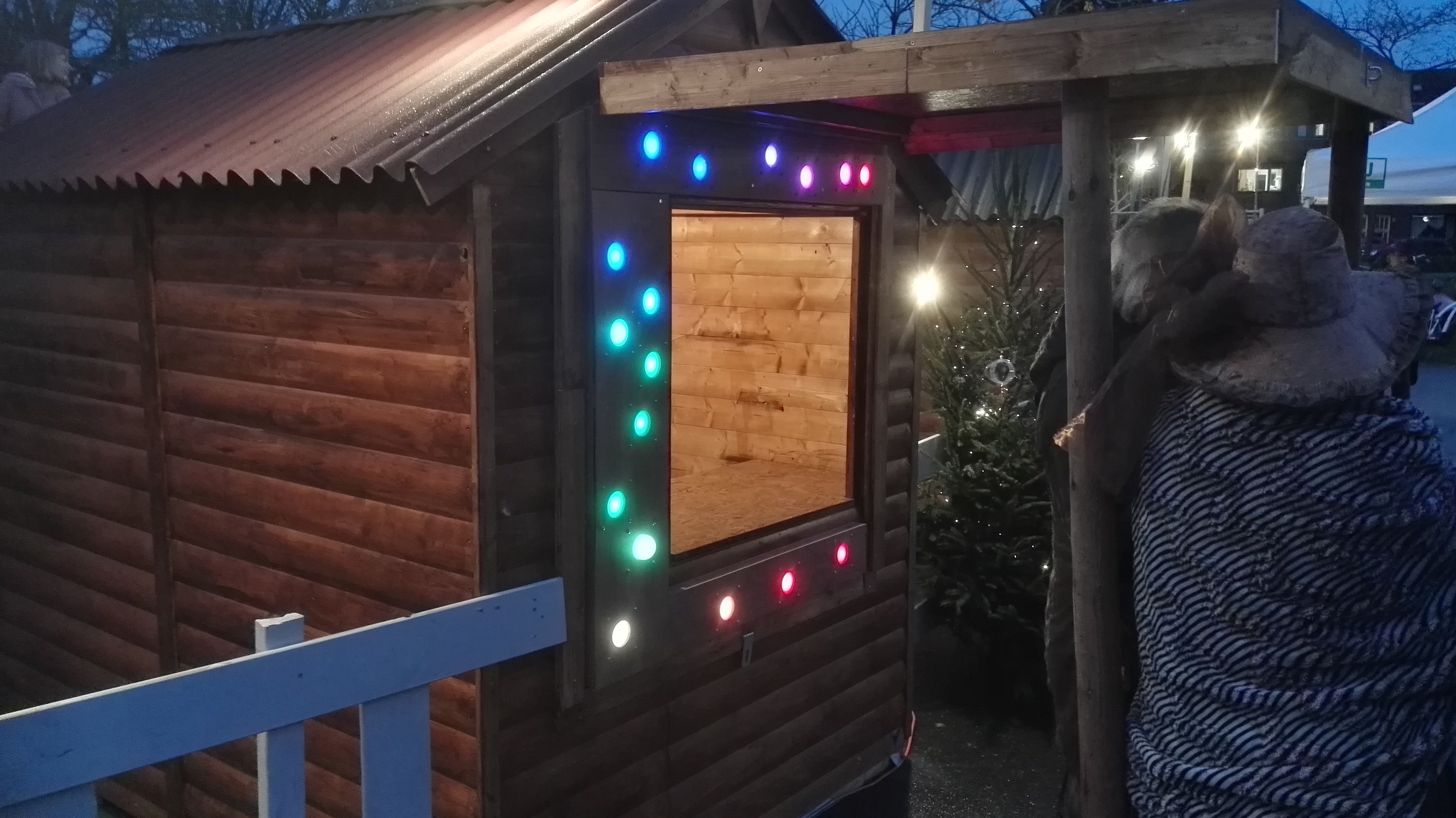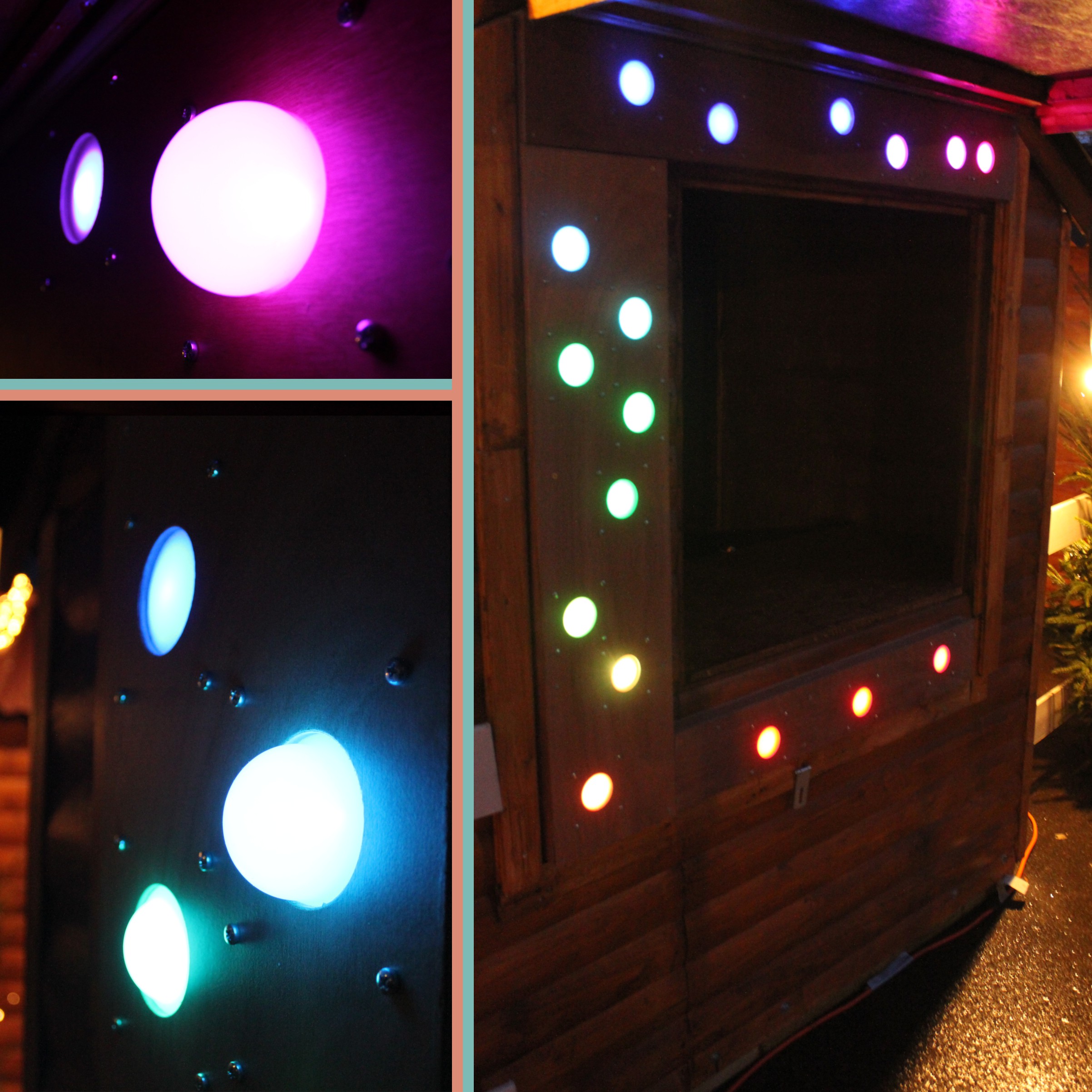-
Making Soft Bubbles
05/07/2021 at 22:07 • 0 commentsIntro
Soft robotics is a field that has fascinated me for the longest time. Though the research field is maturing, I still haven't seen many hobby level soft robotic projects. Starting with no prior experience, a little more than a year ago I got to use them in an "art" installation for a local festival.
Recently I revisited this project, due to the new Raspberry Pi Pico. Now I am trying to make a Desktop Bubble that runs CircuitPython with the purpose of showing what soft robotics could look like.
This blog post is a recap how I got started with the soft robotics bubbles as well as a glimpse of what's to come for the future.![First prototype First prototype]()
Assembled prototype, mold and casting ![The Festival Bubbles The Festival Bubbles]()
Festival Bubbles "art" installation ![Desktop Bubble v1 Desktop Bubble v1]()
The Desktop Bubble, first iteration ![]()
Road to winter festival
In the summer of 2019 I found myself with a bit of time on my hands. So a great opportunity to do some experiments with soft robotics. The first step was ordering a lot of silicone. This isn't cheap, however 1kg of type shore 8A (very flexible) will go a long way and it is super multi purpose. Luckily the other things like DC-airpumps, solenoid valves, some kind of h-bridge and a micro-controller were reasonably priced, i.e. cheap.
![Festival Bubbles under construction Festival Bubbles under construction]()
As with anything unfamiliar it's wise to start designing something simple. A soft robotic bubble is a great project. It lets you get the hang of both motor control and pouring silicone. The less complexity the less that can go wrong. For dealing with the always critical onlooker, just tell them you are working on a one degrees of freedom soft robotic actuator. Which is what I ended up making.
Around the time I was working on this, our community makerspace got visited by the neighborhood committee. They were looking to spice up the local winter festival with some technology. The prototype bubble turned into an "art" installation of 17 independent bubbles that could change color via NeoPixels. Scaling the prototype and making a fitting enclosure for it took a lot of effort. But with tons of help from my awesome fellow makerspace participants we managed to finish the installation just in time.
The winter festival is a weekend long event with, by and for our neighborhood. It's free and anyone is welcome to visit. The soft robotic bubbles garnered a lot of attention especially with the many kids at the festival. The bubbles themselves proved to be very robust which made the installation weirdly interactive. It is nice to have something to show for your work and I really enjoyed my time at the festival.
![Collage of the Festival Bubbles Collage of the Festival Bubbles]()
![]()
Road to Desktop Bubble
The festival bubbles still have some unresolved challenges. Time constraints made the NeoPixels run a selection of the code used to test LED-strips. Thankfully the Adafruit strandtest.ino code has some beautiful parts, especially the rainbow chase can be quite nice. Another weak point was that it wasn't possible to control the airpumps and the NeoPixel animation at the same time. This made the whole thing look very rigid. The bubbles were also lacking a pressure sensor. Though testing proved it wasn't mandatory to have one since the airpumps couldn't burst the bubbles. A soft roboticist might also call this unintentional compliant design, but I am not scared of admitting my shortcomings. Most of all pressure sensing will be nice to have when programming the behavior of the robots.
When I heard the announcement of the Raspberry Pi Pico, I got pretty excited about the PIO functionality. PIO seems to be perfect to control both NeoPixels and airflow, while still being able make decisions with the main loop. So a great prospect for soft robotics control. Thus I decided to reincarnate the festival bubbles into a Desktop Bubble, a portable soft bubble for code testing, prototyping and showing of soft robotics.
Assembling the first version went pretty well. The electronics for the festival prototype could be reused and there were still spare bubbles. Running CircuitPython on the...
Read more »
My Projects
Transfer highlights made with a marker on physical documents to their digital counterparts.
My Pages
Things I've Built
winterfestival bubbles
My first soft robotics project. An "art" installation for a local festival. Consisting of 17 bubbles made of silicone with neopixels underneath. Each bubble can in- deflate with air independently.
Projects I Like & Follow
Share this profile
ShareBits
Become a Hackaday.io Member
Create an account to leave a comment. Already have an account? Log In.

 Inne
Inne





 OxiKit
OxiKit Ali Shtarbanov
Ali Shtarbanov Thomas Flayols
Thomas Flayols FabLab München
FabLab München Lutetium
Lutetium TuckerShannon
TuckerShannon finallyfunctional
finallyfunctional Eddie
Eddie Marius Heier
Marius Heier Thomas Flummer
Thomas Flummer Andrea Console
Andrea Console Failbot
Failbot M. Bindhammer
M. Bindhammer